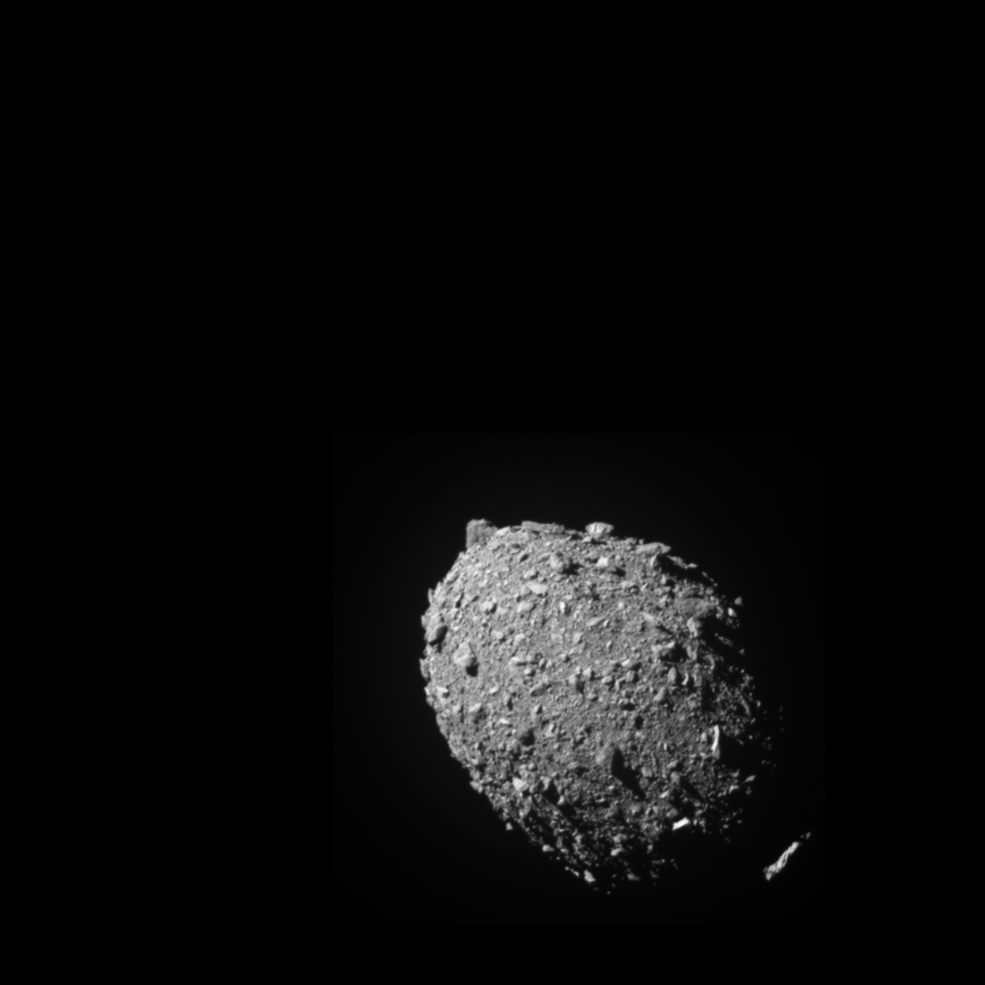
Edinburgh, 27 September 2022. – NASA’s Double Asteroid Redirection Test (DART), the world’s first planetary defense technology demonstration successfully impacted its asteroid target 10 months after launch, NASA said. The mission attempted to move asteroid Dimorphos off its orbit.
DART’s impact with Dimorphos demonstrates a viable protection technique from asteroid or comet, as a part of NASA’s planetary defense strategy. DART’s target, the asteroid moonlet Dimorphos, is only 160 meters in diameter, orbiting a 780-meter asteroid, Didymos. Although neither asteroid poses a threat to Earth, the kinetic impactor was designed to direct itself to impact the moonlet.
The collision at a speed of 22,530 kph was due to change the orbital speed of the celestial body by a fraction of one percent. The agency’s investigation team will now observe Dimorphos with ground-based telescopes to confirm the mission’s success. NASA said it expects the impact to shorten Dimorphos’ orbit by roughly 10 minutes.
The 570-kilogram spacecraft identified and distinguished between the two asteroids with the help of DRACO (Didymos Reconnaissance and Asteroid Camera for Optical navigation). In addition, it used a sophisticated guidance, navigation and control system along with Small-body Maneuvering Autonomous Real Time Navigation algorithms. DRACO revealed detailed images of the shape and surface of Dimorphos.
The Italian Space Agency (ASI) provided a companion to DART, the Light Italian CubeSat for Imaging of Asteroids (LICIACube). The satellite captured further images of the impact which will give an outside view of the collision’s effects.
 SpaceWatch.Global An independent perspective on space
SpaceWatch.Global An independent perspective on space




